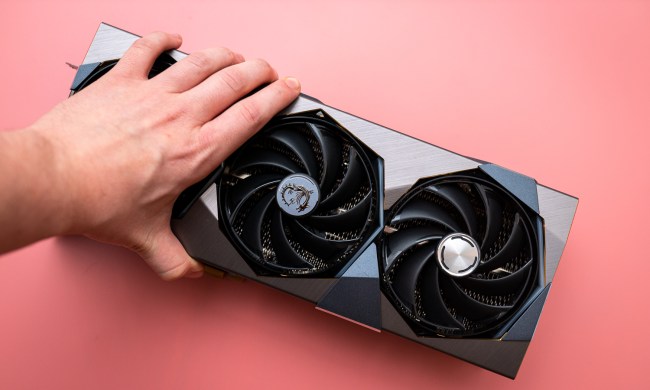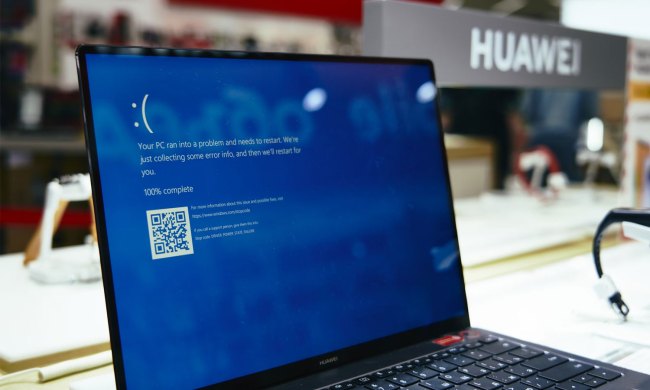A few months removed from its original announcement at Mobile World Congress, Microsoft is now officially getting ready to ship its futuristic HoloLens 2 headset out to its customers.
The launch of Hololens 2 marks the perfect combination of Microsoft’s artificial intelligence, Azure, and cloud-computing platforms.
Hololens creator Alex Kipman calls it the “highest water mark of intelligent edge devices.”
The HoloLens 2 is able to recognize its users from the minute it’s put on. Along with being more ergonomically designed, it can measure the shape of players’ hands and the exact distance between their eyes. Microsoft specifically trained, developed, and deployed a compact deep neural network, and embedded A.I. models onto the headset solely for tracking people’s hand motions and eye gaze. HoloLens 2 can even create fully articulated representations of users’ hands in the 3D virtual world.
This means that as HoloLens 2 wearers look at holograms, it will be much more personalized, instinctual and natural. Importantly, it is also perceived as floating in front of them, allowing them to reach out to resize it or reposition it. The eye-tracking technology even ensures that HoloLens 2 can track the distance between the centers of the pupils of the eyes, for a more immersive experience.

“Without eye tracking, aligning holograms to the real world – especially the person’s physical hand – would just be impossible to the level of precision needed to allow instinctual interaction,” said Jamie Shotton, a partner scientist who leads the HoloLens science team in Cambridge, United Kingdom.
Most of this technology is embedded in HoloLen’s custom chip, dubbed the holographic processing unit, or HPU 2.0. This HPU powers Hololens 2’s new-and-improved features like simultaneous localization and mapping, which makes it appear as though holograms are pinned to the world as you move around.
Other new features on HoloLens 2 include its Qualcomm Snapdragon 850 SoC. There’s even improved latency, powered by what Microsoft calls Perception A.I. This makes it so that people can manipulate and interact with holograms without any lag. A Windows Hello Iris scanner also authenticates users for added security.
HoloLens 2 isn’t a headset for typical consumers It is available to businesses, developers, and select Microsoft customers for prices starting at $3,500.


